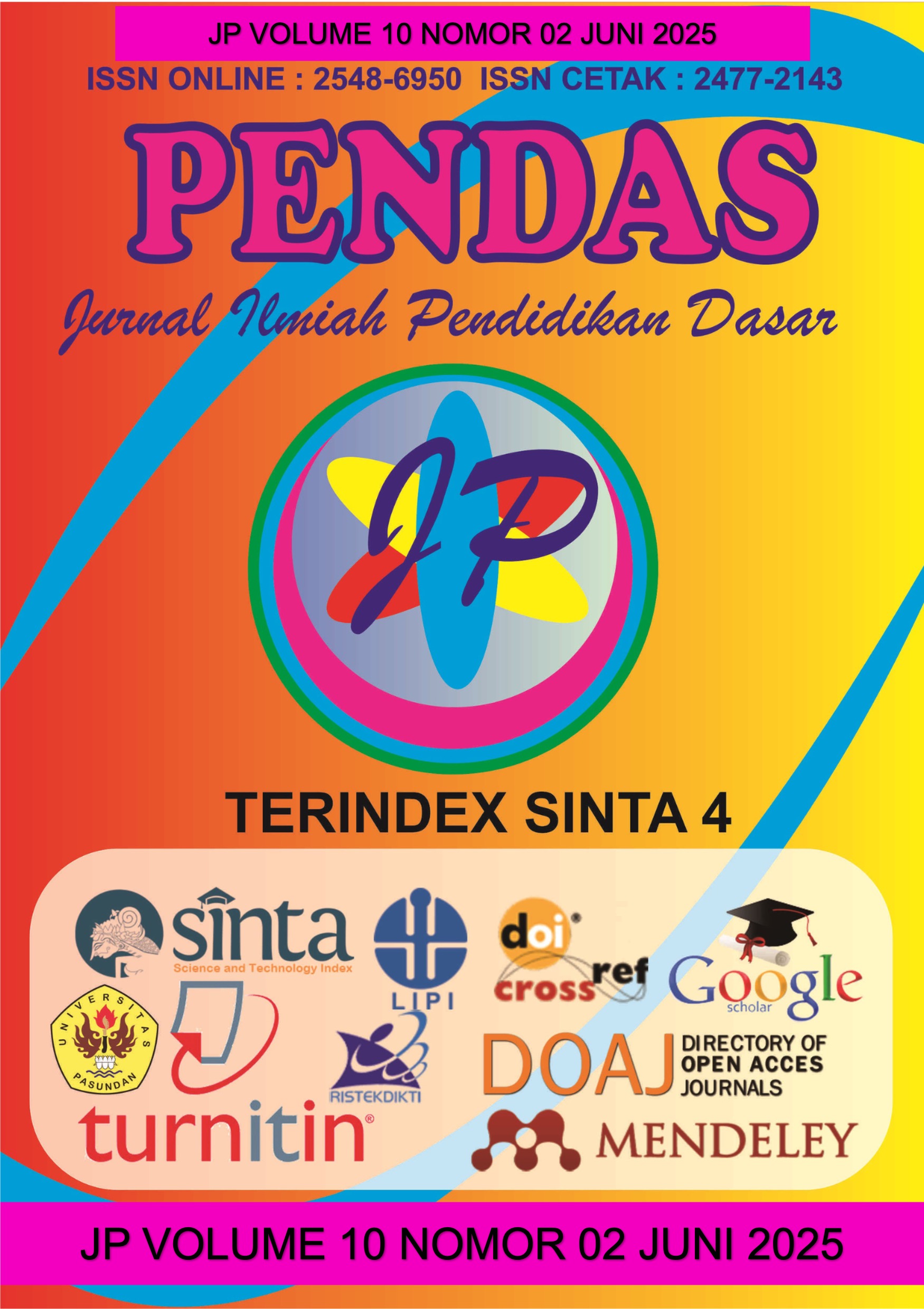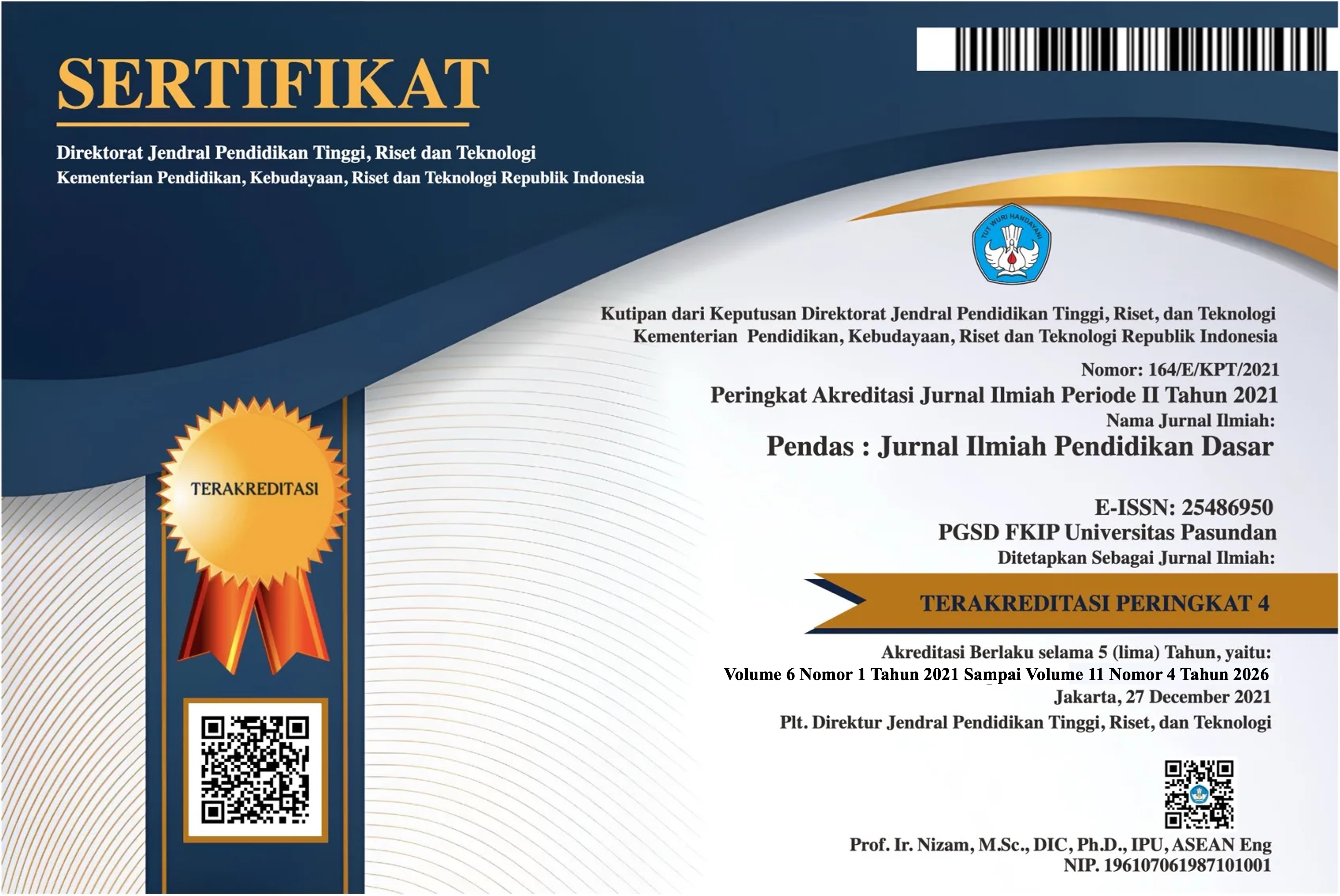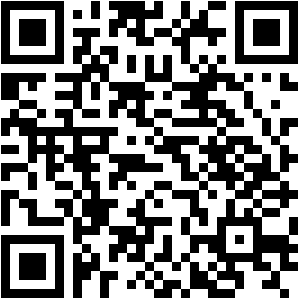STRATEGI INOVASI PENDIDIKAN DI ERA DIGITAL: ANALISIS KUALITATIF FAKTOR PENGHAMBAT DAN PENDUKUNG DI LINGKUNGAN KAMPUS POLITEKNIK PENERBANGAN INDONESIA CURUG
DOI:
https://doi.org/10.23969/jp.v10i02.26300Keywords:
digital education, vocational education, blended learningAbstract
The digital transformation of vocational higher education presents structural and cultural challenges, especially within institutions that apply a semi-military system such as the Indonesian Aviation Polytechnic (PPI) Curug. This study aims to identify the inhibiting and supporting factors influencing the implementation of digital education innovation strategies using a qualitative approach. Data were collected through semi-structured interviews with cadets and lecturers, and were complemented by relevant document analysis to ensure a comprehensive contextual understanding. The findings indicate that major barriers include limited digital infrastructure, misalignment between learning platforms and vocational needs, lack of technical training, and rigid organizational systems. Conversely, innovation is supported by individual lecturer initiatives, access to digital devices, active communication, and the informal adoption of blended learning. Analysis based on the Technology–Organization–Environment (TOE) framework reveals that successful digital innovation depends heavily on technological readiness, organizational support, and environmental compatibility. This study recommends a contextualized, participatory, and adaptive digitalization strategy tailored to the characteristics of vocational education and semi-military systems, along with institutional strengthening through training and evidence-based policy development.Downloads
References
Alrasheedi, M., Capretz, L. F., & Raza,
A.(2015). A systematic review of the critical factors for success of mobile learning in higher education (university students’ perspective). Journal of Educational Computing Research, 52(2), 257–276. https://doi.org/10.1177/07356331 15571928
Bond, M., Zawacki-Richter, O., & Nichols, M. (2021). Revisiting five decades of educational technology research: A content and authorship analysis of the British Journal of Educational Technology. British Journal of Educational Technology, 52(2),
564–581.
https://doi.org/10.1111/bjet.1303 0
Bowen, G. A. (2009). Document analysis as a qualitative research method. Qualitative Research Journal, 9(2), 27–40. https://doi.org/10.3316/QRJ0902 027
Braun, V., & Clarke, V. (2022). Thematic analysis: A practical guide. Sage.
Creswell, J. W., & Poth, C. N. (2018). Qualitative inquiry and research design: Choosing among five approaches (4th, Ed.). Sage.
Davis, F. D. (1989). Perceived usefulness, perceived ease of use, and user acceptance of information technology. MIS Quarterly, 13(3), 319–340. https://doi.org/10.2307/249008
Diawati, P., & Mulyati, E. (2022). Ekosistem Kewirausahaan dalam Membangun Mindset di Era Digital pada Mahasiswa Politeknik Pos Indonesia. J-ABDI: Jurnal Pengabdian Kepada Masyarakat, 4(1). https://bajangjournal.com/index.p hp/J-ABDI/article/view/1243
Flick, U. (2018). An introduction to qualitative research (6th, Ed.). Sage.
Ghufron, G. (2018). Revolusi Industri 4.0: Tantangan, Peluang, dan Solusi bagi Dunia Pendidikan. Seminar Nasional Dispanas. https://proceeding.unindra.ac.id/i ndex.php/dispanas2018/article/vi ew/73
Hakim, M. N., & Abidin, A. A. (2024). Platform Merdeka Mengajar: Integrasi Teknologi dalam Pendidikan Vokasi. Jurnal Kharisma Pendidikan, 5(1). http://kharisma.pdtii.org/index.ph p/kh/article/view/47
Hartanto, C. F. B., & Rusdarti, R. (2019). Tantangan Pendidikan Vokasi di Era Revolusi Industri
4.0. Prosiding Seminar Nasional UNNES.
https://proceeding.unnes.ac.id/sn pasca/article/download/267/394
Ifenthaler, D., & Schweinbenz, V. (2013). The acceptance of Tablet- PCs in classroom instruction: The teachers’ perspectives. Computers in Human Behavior, 29(3), 525–534.
https://doi.org/10.1016/j.chb.201 2.11.004
Lincoln, Y. S., & Guba, E. G. (1985).
Naturalistic inquiry. Sage.
Mahmudah, F. N., & Baswedan, A. R. (2024). Peta Konsep Kebekerjaan Lulusan Pendidikan Vokasi. Jurnal Bersatu, 6(1). https://journal.politeknik- pratama.ac.id/index.php/bersatu/ article/view/634
Maula, P. I., & Hadi, S. (2024). Strategi Inovasi Literasi Digital di Pendidikan Kejuruan. Jurnal Edutic, 11(2).
https://journal.trunojoyo.ac.id/edu tic/article/view/23355
Misra, P., Pandey, A., & Parida, M. (2023). Digital transformation in vocational education: A systematic review. Journal of Educational Technology Systems, 51(3), 345–367.
https://doi.org/10.1177/00472395 231167890
Palinkas, L. A., Horwitz, S. M., Green,
C. A., Wisdom, J. P., Duan, N., & Hoagwood, K. (2015). Purposeful sampling for qualitative data collection and analysis in mixed method implementation research. Administration and Policy in Mental Health, 42(5), 533–544. https://doi.org/10.1007/s10488- 013-0528-y
Permana, D., Kudsi, I., & Salam, M. (2021). Inovasi Pembelajaran Blended Learning di Masa Pandemi. VOCATIONAL: Jurnal Inovasi Pendidikan Kejuruan, 2(1).
https://www.jurnalp4i.com/index. php/vocational/article/view/40
Risdianto, E. (2019). Analisis Pendidikan Indonesia di Era Revolusi Industri 4.0.
ResearchGate. https://www.researchgate.net/pu blication/332415017
Rogers, E. M. (2003). Diffusion of innovations (5th, Ed.). Free Press.
Salmon, G. (2000). E-moderating: The key to teaching and learning online. Kogan Page.
Selwyn, N. (2016). Education and Technology: Key Issues and Debates. Bloomsbury Publishing.
Shavira, L. E., Phasa, L. I., & Muchlishin. 2022). Analisis kesiapan belajar matematika siswa secara blended learning dalam masa transisi. RANGE: Jurnal Pendidikan Matematika, 3(2). https://www.academia.edu/downl oad/83187403/767.pdf
Tornatzky, L. G., & Fleischer, M. (1990). The processes of technological innovation. Lexington Books.
Tubagus, M., Ainung, N., & Putri, Z. S. (2024). Analisis Perkembangan yang Mempengaruhi Penerimaan Blended Learning di Kalangan Mahasiswa PTN Makassar. Fundamental and Applied Management Journal, 2(1). https://www.researchgate.net/pu blication/382457794
Weiner, B. J. (2009). A theory of organizational readiness for change. Implementation Science, 4(1), 67. https://doi.org/10.1186/1748- 5908-4-67
Yin, R. K. (2018). Case study research and applications: Design and methods (6th, Ed.). Sage.
Yusuf, M., & Julianingsih, D. (2023). Transformasi pendidikan digital 5.0 melalui integrasi inovasi ilmu pengetahuan dan teknologi. Jurnal Manajemen, Pendidikan Dan Ilmu Sosial Mentari, 3(1), 12–20. https://journal.pandawan.id/ment ari/article/download/ 28/290
Downloads
Published
Issue
Section
License
Copyright (c) 2025 Pendas : Jurnal Ilmiah Pendidikan Dasar

This work is licensed under a Creative Commons Attribution 4.0 International License.



















